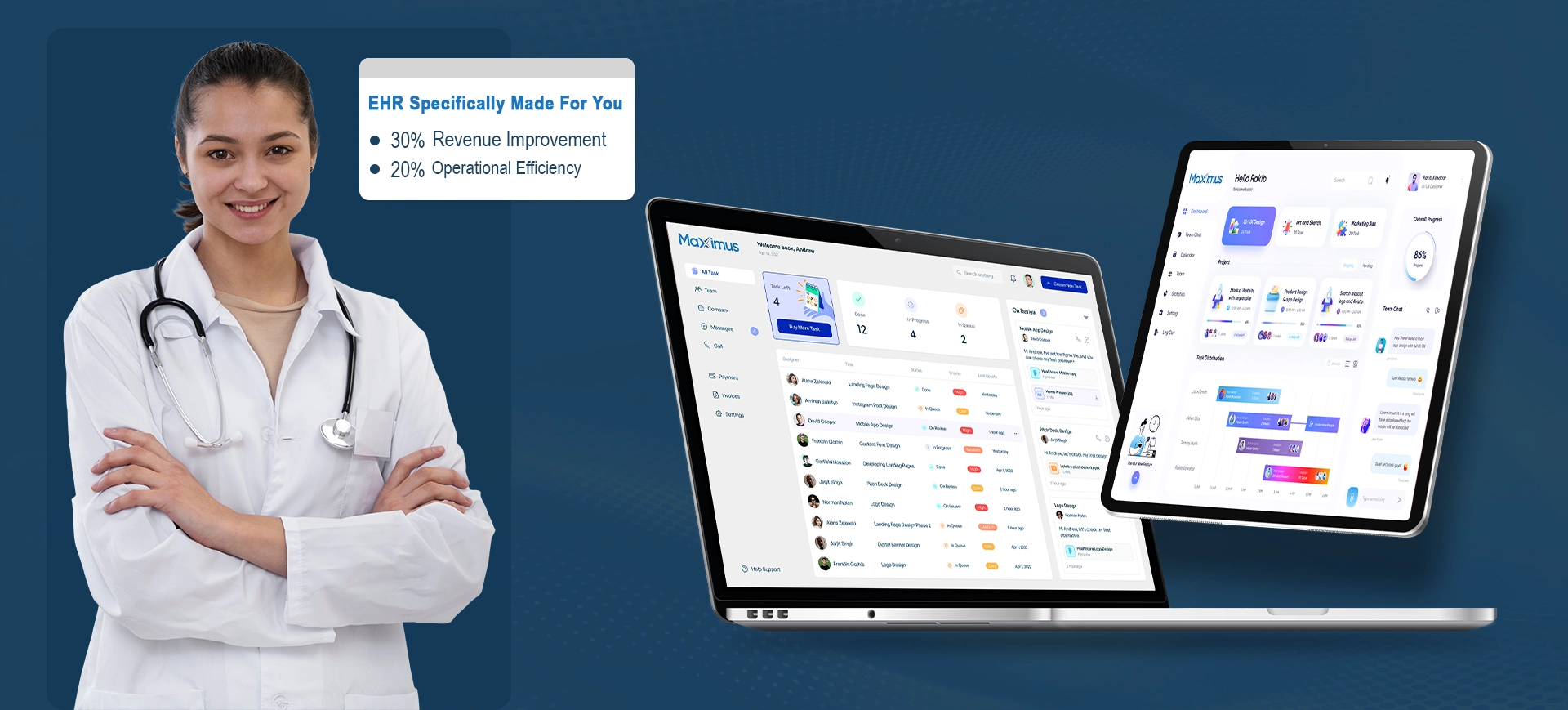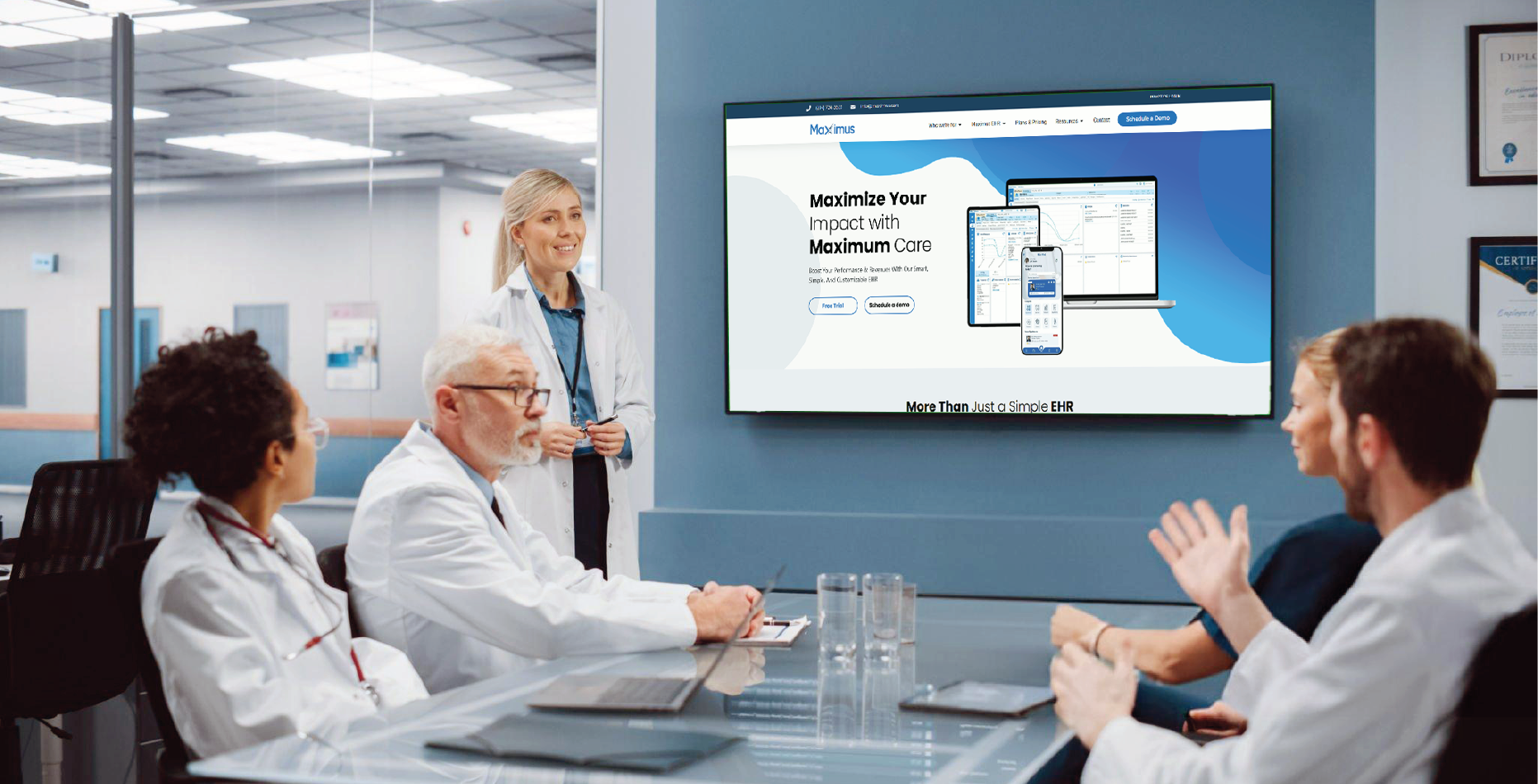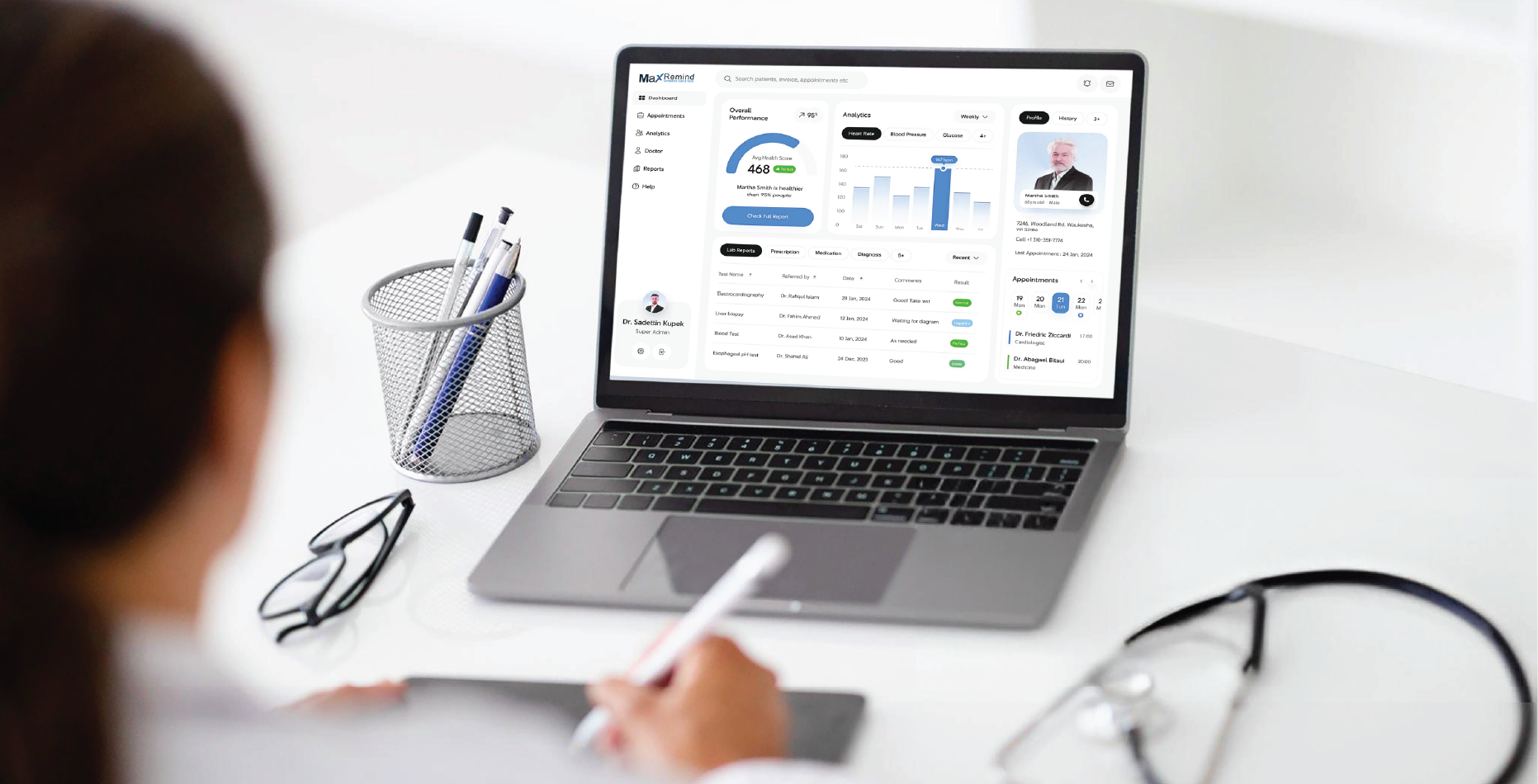
An electronic health record (EHR) is more than just a digital file cabinet. It is an all-inclusive platform that links payers, patients, and clinicians, guaranteeing efficient operations, precise billing, and improved results. However, with so many EHR providers available, how can you tell which features are most important?

With real-time updates and reduced IT maintenance, cloud solutions offer an edge in operational reliability, featuring automatic backups and built-in security protocols. They also facilitate faster collaboration among healthcare teams across multiple locations. In regions like the U.S., U.K., and the Middle East — where multi-location practices are common — cloud access ensures continuity of care without compromising data integrity.
Look for systems that comply with FHIR (Fast Healthcare Interoperability Resources) standards. This allows your EHR to communicate effortlessly with other healthcare applications, creating a connected ecosystem that supports better decision-making and coordinated care.
Data is the new driving force in healthcare. An EHR with advanced analytics and reporting tools empowers practices to track clinical performance, financial health, and patient outcomes.


An example of an EHR system that integrates many of these advanced features is Maximus EHR, a cloud-based, HIPAA-compliant platform designed for multi-specialty practices.
A future-ready EHR like Maximus EHR can transform how you manage patient data, run your operations, and grow your practice, helping you stay ahead in the ever-evolving world of healthcare technology.
Modern EHR systems go far beyond basic record-keeping. Unlike traditional, paper-based, or on-premise systems, they are cloud-based, offering real-time access, automation, interoperability, and built-in analytics. This enables faster decision-making, better patient engagement, and smoother workflows across multiple locations.
Cloud-based accessibility allows healthcare providers to securely access patient records anytime, anywhere — from hospitals, clinics, or even remote locations. It eliminates the limitations of paper records, ensures automatic data backup, and streamlines workflows with real-time updates and enhanced collaboration between care teams.
Interoperability enables EHR systems to communicate seamlessly with pharmacies, labs, imaging centers, and insurance networks. This ensures that all patient data stays connected and updated, reducing duplication, minimizing errors, and allowing clinicians to make more informed, coordinated decisions for better patient outcomes.
Providers should prioritize features like an intuitive interface, cloud accessibility, interoperability, customizable workflows, integrated billing tools, and patient engagement options. These features collectively enhance efficiency, accuracy, and financial performance while ensuring compliance and security.
Maximus EHR is a cloud-based, HIPAA-compliant platform that integrates key features such as automated billing, patient engagement tools, advanced analytics, and interoperability through FHIR-based connections. It’s designed to help multi-specialty practices enhance care delivery, streamline operations, and maximize revenue efficiency.